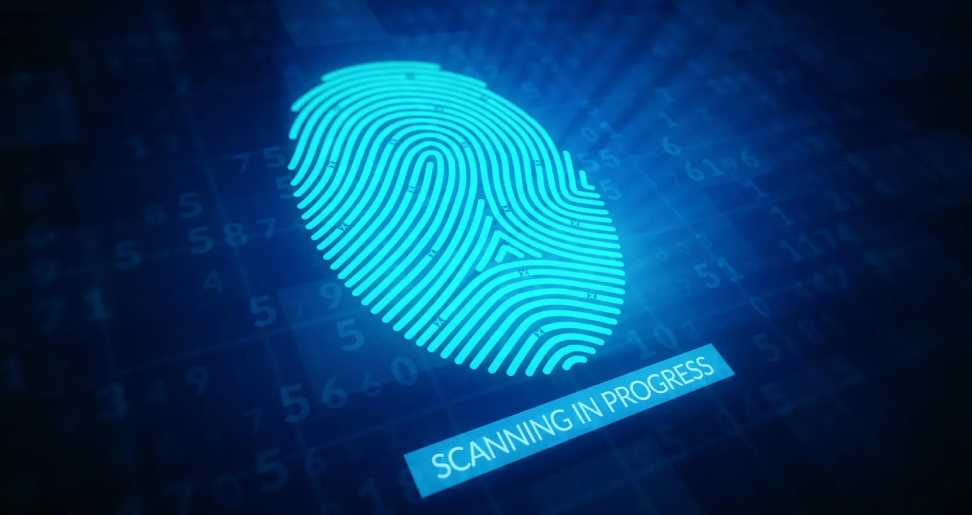In the digital age, where data breaches and cyber threats are becoming increasingly common, the need for robust security measures has never been more critical. One of the most promising advancements in this field is passwordless authentication. This innovative approach is not only enhancing security but also simplifying the user experience. Let’s dive into how passwordless authentication works and why it represents the future of secure access.
The Problem with Passwords
Traditional passwords have long been the standard method of authentication. However, they come with significant drawbacks:
- Vulnerability to Attacks: Passwords can be guessed, stolen, or cracked. Weak passwords are especially prone to brute-force attacks.
- User Inconvenience: Remembering complex passwords for multiple accounts is cumbersome. This often leads to poor password hygiene, such as reusing passwords across different platforms.
- Phishing Threats: Users can be tricked into divulging their passwords through phishing schemes, compromising their security.
These issues highlight the need for a more secure and user-friendly authentication method.
What is Passwordless Authentication?
Passwordless authentication is a method that allows users to log in without the need to enter a password. Instead, it relies on alternative factors such as biometrics, security tokens, or one-time codes. This method leverages multi-factor authentication principles to ensure that the user is who they claim to be.
How Passwordless Authentication Works
Passwordless authentication typically involves the following steps:
- User Initiates Login: The user attempts to log in to a system or application.
- Identity Verification Method: Instead of entering a password, the user is prompted to authenticate through an alternative method. Common methods include:
- Biometrics: This could be a fingerprint scan, facial recognition, or voice recognition.
- Email or SMS Code: A one-time code is sent to the user’s registered email address or phone number. The user enters this code to authenticate.
- Push Notification: A notification is sent to a registered mobile device. The user approves the login attempt via the notification.
- Security Tokens: Hardware tokens or software-based tokens (like Google Authenticator) generate a unique code that the user enters to authenticate.
- Verification: The system verifies the authentication method. If it matches the user’s registered credentials, access is granted.
- Session Management: Once authenticated, a session token or cookie is issued to keep the user logged in for a specified period, reducing the need for frequent re-authentication.
Benefits of Passwordless Authentication
- Enhanced Security: Passwordless methods are inherently more secure than traditional passwords. Biometrics are unique to individuals, and tokens or codes are often time-sensitive, reducing the risk of theft.
- User Convenience: Eliminating the need to remember and enter passwords simplifies the login process, enhancing the user experience.
- Reduced Phishing Risk: Since there is no password to steal, phishing attacks become less effective.
- Lower IT Costs: Organizations spend less time and resources on password management, including resets and support.
Real-World Applications
Many organizations are adopting passwordless authentication to improve security and user experience. For example:
- Microsoft: Offers passwordless options such as Windows Hello, which uses facial recognition and fingerprint scans.
- Google: Implements two-step verification with push notifications through the Google Prompt.
- Slack: Uses magic links sent to email addresses for secure, passwordless logins.
Conclusion
Passwordless authentication represents a significant step forward in the evolution of secure access. By leveraging modern technology like biometrics and secure tokens, it addresses the inherent vulnerabilities of traditional passwords. As more organizations and users embrace this method, we can expect a safer, more efficient digital environment.
Adopting passwordless authentication not only enhances security but also simplifies the user experience, making it a win-win solution for both organizations and their users. The future of authentication is here, and it doesn’t involve passwords.
Have A Look :-
- How Do I Start A Business Coaching?
- What Are The 5 Skills Of Good Customer Service?
- What Are The Four Main Types Of Child Care Businesses?

